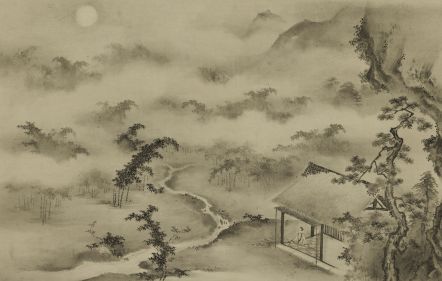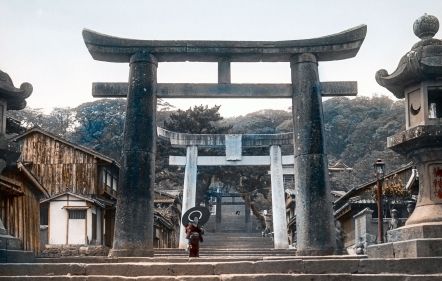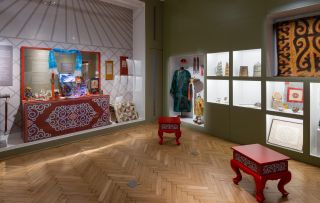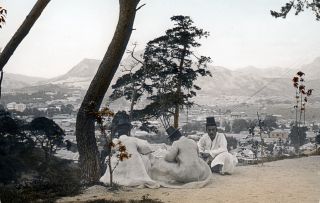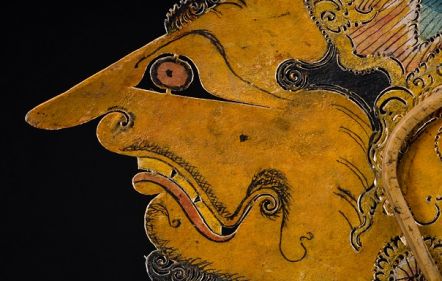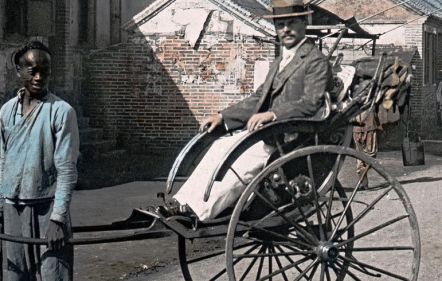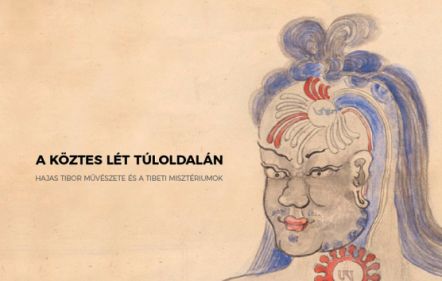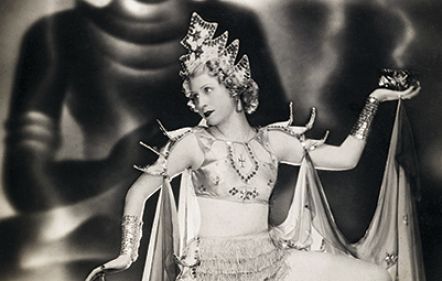Past exhibitions
MOST RECENT ACQUISITIONS | Contemporary Japanese ceramics | Pop-up exhibition inspired by Budapest Design Week 2025
The motto of Budapest Design Week 2025, Fluid Boundaries, provides an excellent opportunity to showcase the latest acquisitions of the Japanese Collection at the Ferenc Hopp Museum of Asiatic Arts. Through the acquisition of the works exhibited, the institution aims to expand its collection of contemporary Japanese art with artefacts that fit into the long tradition of Japanese craftsmanship, while also conveying a message to the 21st century as contemporary works. More ❯❯❯
A Hungarian-Indian Family of Artists – Master and Disciple
The jubilee exhibition, realized through a collaboration between the Liszt Institute – Hungarian Cultural Center Delhi and the Ferenc Hopp Museum of Asiatic Arts, presents the life of the Sher-Gil family, as well as the artistic development of Amrita Sher-Gil through exploring the intertwined artistic practices of Umrao Sher-Gil, Amrita and Ervin Baktay. More ❯❯❯
INDUS 100 | Poster exhibition in the museum’s garden on the centenary of the international discovery of the Indus Civilisation
In parallel with the Gandhāra exhibition, a poster exhibition on the Indus Civilisation awaits visitors in the garden. More ❯❯❯
Land of Buddhas | GANDHĀRA. Indo-Greek Sculptures of the Ferenc Hopp Museum
To the northwest of India, in one of the busy regions of the Silk Road: the land of Gandhāra, a new type of art created unique Hellenistic style Buddhist sculpture in the 1st-6th centuries AD. More ❯❯❯
THE TEA PATH IN THE COLLECTION OF THE FERENC HOPP MUSEUM OF ASIATIC ARTS
Our chamber exhibition introducing the authentic Japanese tea ceremony room is directly connected to the main exhibition and its theme. More ❯❯❯
Moon above the Clouds. The Life of Bishop Count Péter Vay and his Japanese Art Collection
Main goals of the exhibition are the presentation of the first Japanese fine art collection, display of the most outstanding objects, and as well the commemoration of the tireless activity of Count Péter Vay. More ❯❯❯
Visit to the Land of the Rising Sun. Photographs taken in Japan by naval physician Dezső Bozóky
The joint exhibition project of Ferenc Hopp Museum of Asiatic Arts and Kolta Gallery, i.e. the presentation and publication of naval physician and photographer Dr. Dezső Bozóky’s life and work, has reached another summit. Opening in April 2023, the forthcoming exhibition presents digital copies of glass slides taken by Bozóky during his visit to Japan. More ❯❯❯
Yurts And Monasteries. Mongolian Treasures at the Ferenc Hopp Museum of Asiatic Arts
In recognition of the outstanding Hungarian researchers of Mongolian material culture, the Ferenc Hopp Museum of Asiatic Arts has curated the first comprehensive exhibition in its history introducing Mongolian art and culture. This exhibition also allows us to acknowledge the work carried out by two outstanding scholars and to commemorate the 120th anniversary of the birth of Lajos Ligeti (1902−1987) and the 50th anniversary of the death of the former museum director Tibor Horváth (1910−1972). More ❯❯❯
Trance | Dance | Bali. In the photos of Gill Marais
The photo exhibition at the Ferenc Hopp Museum of Asiatic Arts presents to the public a little-known side of the island of Bali from the perspective of two travellers – both of them women. One of them arrived at Bali in the mid-1930s, the other in the turning of the 20th and 21st centuries. They did not know each other, but, with nearly a hundred years difference, both were receptive to the same phenomena in Bali. More ❯❯❯
Visit to the Land of Morning Calm. Dr Dezső Bozóky’s Korean Photographs
Dr Dezső Bozóky’s Korean Photographs. Dezső Bozóky (1871–1957) a physician of the Austro-Hungarian Navy, visited Korea aboard SMS Kaiser Franz Josef I, and took a number of photographs that bear evidence to the last days of the Korean Empire. More ❯❯❯
Made in Asia. The Centenary of the Ferenc Hopp Museum of Asiatic Arts
Celebrating the Centenary of the Ferenc Hopp Museum of Asiatic Arts. Our exhibition titled Made in Asia. The Centenary of the Ferenc Hopp Museum of Asiatic Arts displays the best pieces in the collection of the hundred-year-old Hopp Museum. More ❯❯❯
Sojourn in the Kingdom of Heaven. Photographs taken in China by Dezső Bozóky
An exhibition organised in cooperation with Kolta Galéria. Dr. Dezső Bozóky, physician of the Austro-Hungarian Navy, performed military service in the Far East between 1907 and 1909. During these twenty-six months, he visited the most important ports of China, Korea and Japan several times. More ❯❯❯
On the Other Side of the Intermediate State: The Art of Tibor Hajas and the Tibetan Mysteries
On the Other Side of the Intermediate State is one of a series of exhibitions at the Hopp Museum exploring the influence of Asian cultures on Hungarian artists and intellectuals in the nineteenth and twentieth centuries. This exhibition presents works by Tibor Hajas (1946–1980), a poet and artist whose life was tragically cut short, focusing on the last period of his career, which was influenced by the book by Béla Hamvas, entitled the Tibetan Mysteries, and defined by aspects of Tibetan Buddhism. More ❯❯❯
GODDESS ǀ WOMAN
Devi Cults and Traditional Female Roles in India. On the Indian subcontinent, the different regional cults of the Goddess, or Devi, as she is known in India, are rooted deep in the past. From the age of the Indus Valley Civilisation until the arrival of the globalised world of the twenty-first century, the people of India have long worshipped Devi, and continue to do so. More ❯❯❯
Sanghay – Shanghai. Parallel Diversities between East & West
The new exhibition at Ferenc Hopp Museum of Asiatic Arts, titled Sanghay – Shanghai. Parallel Diversities between East and West aims at firstly to allow a glimpse inside the world of Hungarians who lived and worked in Shanghai in that period, as seen through their own personal items (many of which now form part of the collection of the Hopp Museum); and secondly to present the findings of recent research into previously unexplored areas of Hungarian art that came under the influence of the East. More ❯❯❯





